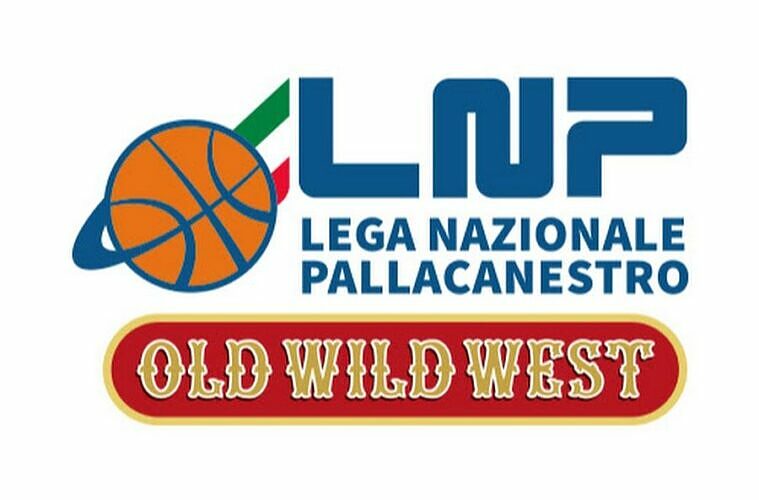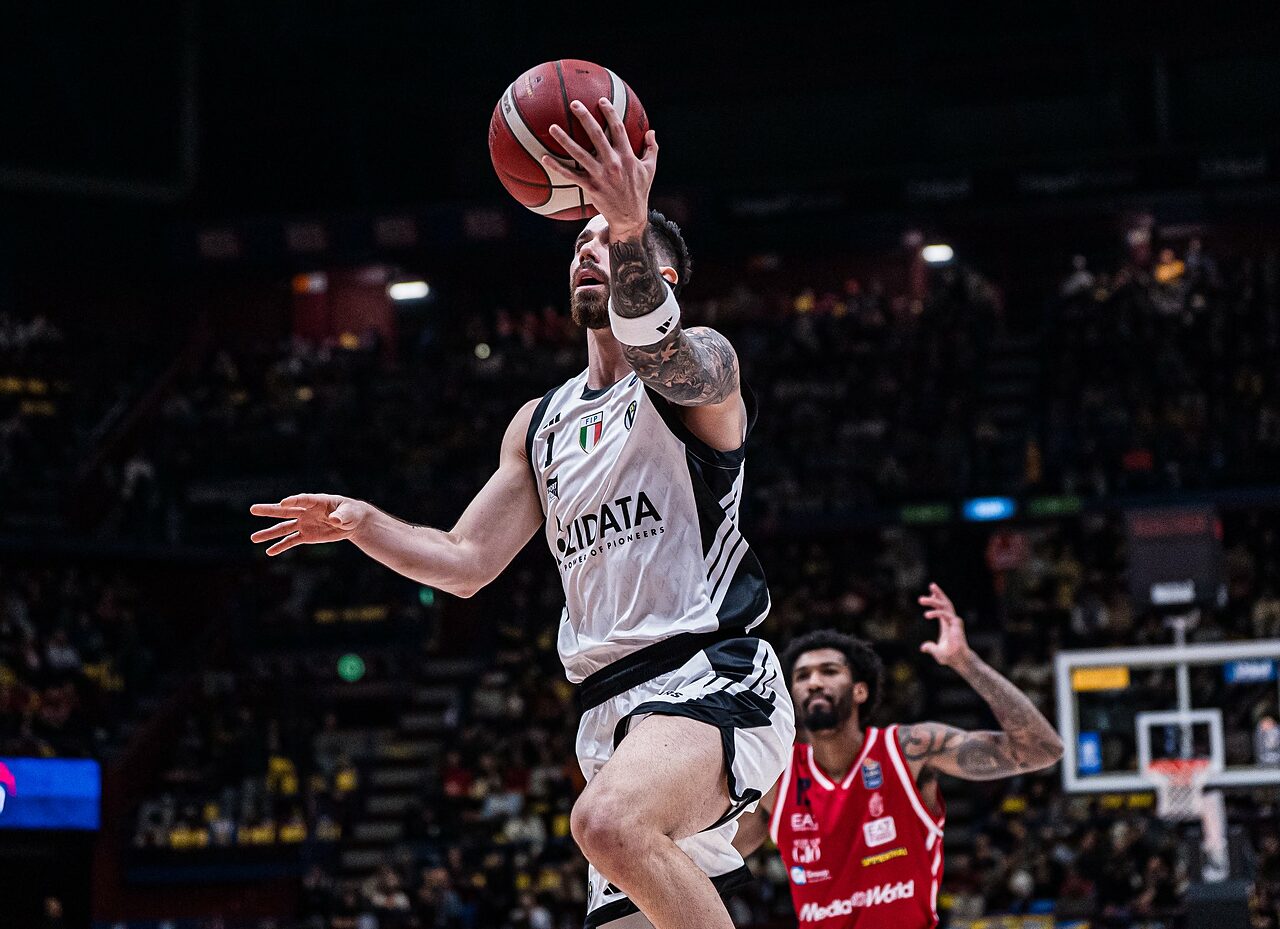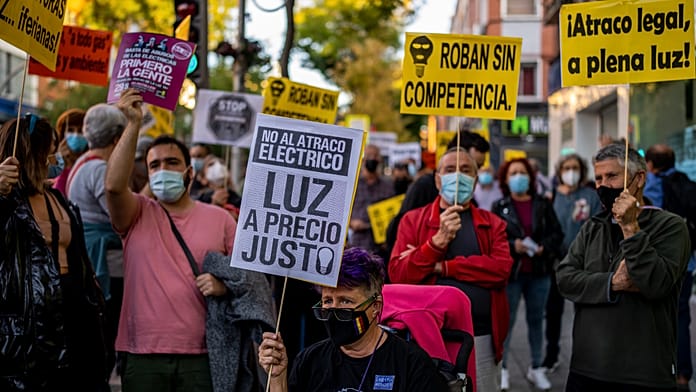Wrought, or worked, iron is shaped with a hammer while hot. It can be repeatedly re-heated and shaped, constantly becoming stronger. Early examples of wrought iron have been found in Egypt and Mesopotamia, dating from around 3,500 BCE. The Iron Age, around two thousand years ago, saw its common use for making tools and weapons in the Mediterranean area, India and China.
In the area around Bologna, the Etruscans were working in iron 2,500 years ago.
 Etruscan iron work, Ferrara Archeological Museum (P. Granville)
Etruscan iron work, Ferrara Archeological Museum (P. Granville)From the early 13th century, the use of wrought iron in Italy expanded to protective and decorative uses. Ironwork progressively became ever more elaborate, and its use was common up to the Art Deco period.
 Detail of a wrought iron gate, possibly from the early 20th century, at Palazzo Re Enzo. (P. Granville)
Detail of a wrought iron gate, possibly from the early 20th century, at Palazzo Re Enzo. (P. Granville)In common with most European cities, many fine examples of wrought iron, ferro battuto in Italian, can be seen while walking around Bologna. In this post, I’ll look at examples from various times past which will give the visitor an idea of what to look out for while walking around the city.
 A typical Bologna portico with wrought iron window grills, lanterns and supporting struts. (P. Granville)
A typical Bologna portico with wrought iron window grills, lanterns and supporting struts. (P. Granville)Building security
Windows
Probably the most common use of wrought iron to be seen when walking the streets of Bologna is the window security grill, with surviving examples up to at least 700 years old.




The main doors of some palazzi had small barred windows, allowing the door keeper to see who was outside before opening them.
 Palazzo d’Accursio
Palazzo d’Accursio Palazzo Pepoli
Palazzo PepoliAmongst Bologna’s barred windows of various sizes are ones of curious round shapes.



Wrought iron grills are used on the semi-circular fan light windows .


Gates
Most of the historic large buildings of Bologna feature carriage entrances to their large internal courtyards. The outer wooden doors are often left open to allow ease of access, and to provide ventilation in summer, giving the passer-by a glimpse into the courtyard.



Even more elaborate are the gates used in churches to restrict access and protect artwork in side chapels. If you’re visiting the Basilica of San Petronio, perhaps to watch the sun’s image to pass the meridian line, you’ll see many fine examples.
 An ornate chapel gate – Basilica di San Petronio (P. Granville)
An ornate chapel gate – Basilica di San Petronio (P. Granville)The gates of walled towns such as Bologna were closed at night. It was possible to enter the city via several canals, and these were secured by dropping an iron grill into the canal. One surviving example is located at the end of Via della Grada where the Reno Canal enters the city. For more on the city walls, see my post The Walls of Bologna.

Lamps
Whilst streets in medieval times were largely unlit, the survival of torch holders on the facades of some large homes and institutional buildings is evidence that there were exceptions.
Fine examples, both in the form of a dragon, can be seen at Palazzo Pepoli, built as a private home in the 14th century, and at the Collegio di Spagna which also dates from that time.


In Bologna, oil street lamps were in use from 1801, followed by much more effective gas lighting from 1847. By 1866, there were over 1,500 gas street lights, and 8,000 private gas lamps which were replacing candles and oil lamps. Large buildings also had lighting for staircases and major corridors.
Most of these lamps were made of wrought iron.
 An ornate lamp in the staircase of Villa Bolognini. (P. Granville)
An ornate lamp in the staircase of Villa Bolognini. (P. Granville)Wrought iron lamps from the 19th century are common along Bologna’s porticos, which I describe in another post. The introduction of electric lighting gave rise to another period of wrought iron lamp manufacture.
 This lamp appears to have been built for gas operation and later converted to electricity.
This lamp appears to have been built for gas operation and later converted to electricity. A line of lamps in Via Ugo Bassi. (P. Granville)
A line of lamps in Via Ugo Bassi. (P. Granville)On the corner of Via Rizzoli and Piazza Nettuno you’ll find one of Bologna’s most extravagant wrought iron lamps, designed in 1920 by Gaetano Samoggia.
 The elaborate lamp at the corner of Piazza Del Nettuno. (P. Granville)
The elaborate lamp at the corner of Piazza Del Nettuno. (P. Granville)In 2012, a system was installed that allowed two of Bologna’s major hospitals to flash the light every time a baby was born, an idea copied from the Belgian city of Ghent. This seems to have been in operation only for about 5 years.
Balconies
Ornate balconies have long been a feature of Bologna’s larger palazzi. A very well known and admired one in Via D’Azeglio graces the facade of the 15th century Palazzo Bevilacqua Ariosti, which hosted some of the sessions of the Council of Trent.
 Palazzo Bevilacqua Ariosti in Via D’Azeglio. (P. Granville)
Palazzo Bevilacqua Ariosti in Via D’Azeglio. (P. Granville)The use of cast iron for balconies continued through the centuries and enjoyed a further period of popularity in the art nouveau era.
 Via d”Azeglio (P. Granville)
Via d”Azeglio (P. Granville) Art Nouveau at 17 Via Audinot (P. Granville)
Art Nouveau at 17 Via Audinot (P. Granville)Horse tethering rings
When cities depended on horse drawn transport, hitching posts and tethering rings were common. If you keep an eye out, you’ll see some surviving wrought iron tethering rings on your walks around Bologna.
 A row of horse hitching rings outside Palazzo Pepoli in Via Castiglione. (P. Granville)
A row of horse hitching rings outside Palazzo Pepoli in Via Castiglione. (P. Granville) Corte Isolani (P. Granville)
Corte Isolani (P. Granville)  Via Marsala (P. Granville)
Via Marsala (P. Granville)The Collegio di Spagna
The Royal College of Spain, in Spanish Real Colegio de San Clemente de los Españoles, was completed in 1367, and since then has been home to Spanish students studying at Bologna University. Amongst its alumni are Saint Francis Loyola and Miguel de Cervantes, who wrote a short novel drawing on this experience. The building demonstrates well the use of wrought iron in medieval and renaissance times.
 Part of the facade of the Spanish College in Via Collegio di Spagna, showing the use of wrought iron. (P. Granville)
Part of the facade of the Spanish College in Via Collegio di Spagna, showing the use of wrought iron. (P. Granville)



Shop signs
Wrought iron shop signs were popular in the 19th and 20th centuries. An attractive example is that of the wine shop of the Olindo family in Via Altabella, which has been in this location since 1934. Its sign features a traditional fiasco, or wine bottle, in a straw basket,
 An ornate shop sign featuring a traditional wine bottle in a straw basket, Via Altabella, Bologna. (P. Granville)
An ornate shop sign featuring a traditional wine bottle in a straw basket, Via Altabella, Bologna. (P. Granville)

The Certosa Cemetery
I described Bologna’s monumental cemetery in a previous post. If you pay a visit, you’ll notice many examples of the use of wrought iron.


 A typical humble wrought iron memorial at the Certosa cemetery. (P. Granville)
A typical humble wrought iron memorial at the Certosa cemetery. (P. Granville)Art Nouveau
The Art Nouveau style, commonly known as “Stile Liberty” in Italy, brought with it a revivial in the use of wrought iron. New technology such as oxy-aceletene welding gave artists greater freedom in design. Bologna has many examples of wrought iron work from this period, typically incorporating depictions of plant stems, leaves, flowers and fruit.
 This wrought iron decorated clock from 1924, at the corner of Via de’ Carbonesi and Via Val d’Aposa is the work of Alfredo Tartarini. (P. Granville)
This wrought iron decorated clock from 1924, at the corner of Via de’ Carbonesi and Via Val d’Aposa is the work of Alfredo Tartarini. (P. Granville) An awning in Via Rizzoli, dating from 1921, originally served as a tram shelter. (P. Granville)
An awning in Via Rizzoli, dating from 1921, originally served as a tram shelter. (P. Granville)Via Audinot
In the early 1900s, the city began to grow beyond its 14th century walls (see my post “The Walls of Bologna” ). In 1904, the Milanese architect Paolo Sironi began a new suburban development just beyond the line of the walls and built numerous buildings in the art deco style. Many of these can be admired today along Via Audinot and Via Roncati.





Blacksmiths and wrought iron artists
In the past, the blacksmith, or fabbro in Italian, played an important part in society, and as with the surname “Smith” in English, the Italian equivalent surnames of Fabbri and its variations are common. The Guild of Fabbri played an important role in the city and had a monopoly on the buying and selling of coke and coal.
 The Bologna Guild of Blacksmiths. (P. Granville)
The Bologna Guild of Blacksmiths. (P. Granville)With the revival in popularity of wrought iron late in the 19th century, a number of well known artist-artisans were active in Bologna. Amongst these was Ravenna born Sante Mingazzi whose studio sign is preserved at the Davia Bargellini Museum.
 The sign of the wrought iron manufacturer Mingazzi can be found in Museo Davia Bargellini. (P. Granville)
The sign of the wrought iron manufacturer Mingazzi can be found in Museo Davia Bargellini. (P. Granville)One of Mingazzi’s well known works from the early 20th century is the awning at 34 Via d’Azeglio, which at the time was the location of a pastry shop. It features corbels with intertwined bunches of grapes and pomegranates.
 The awning at 34 Via D’Azeglio. (P. Granville)
The awning at 34 Via D’Azeglio. (P. Granville)Surprisingly, in Via Caldarese, just a few minutes walk from the twin towers of Bologna, there is still a wrought iron workshop. It’s been run by the Prata family for three generations, and the founder Antonio Prata was a student of Mingazzi. If you’re lucky, you might find it open for visitors.



 1 anno fa
731
1 anno fa
731






















